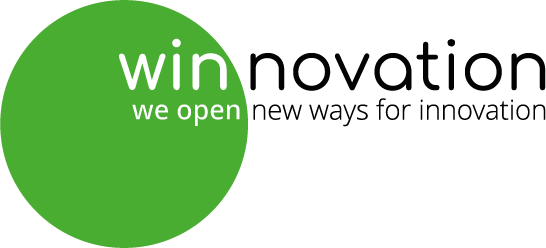Biotechnology - Is My Company Fit for Open Innovation?
How an Open Innovation Asessment Helped to Reorient R&D in an International Biotech Company
An Open Innovation Assessment helped an international biotech company to understand and act upon their potential for open innovation, improving their innovation performance.
Challenge
In the past, our client who specializes in industrial biotechnology had heavily invested in extending its own R&D capacities. Partnerships with institutions of higher education worldwide, as well as an extensive portfolio of patents were also focused on.
At a point it became clear that the company’s strategies were no longer sufficiently working to stay at a competitive player through innovation. The goal was to build a modernized strategy that would rely more on open innovation throughout the company. The client needed to understand where to adjust to adapt the internal organisation and become ready for open innovation.
Approach
To help the client understand the answers to these questions, winnovation carried out an Open Innovation Assessment (OIS). First, the biotech companies’ current situation was assessed. As a neutral expert, winnovation worked to understand how the client was currently innovating. We worked on a detailed level to examine how various units, structures, resources, and cultural elements traditionally contributed to the innovation process. We then examined how the existing resources and frameworks could be used in future in-house and external open innovation.
After the in-depth analysis of the current situation, winnovation developed a tailor-made action plan for the client with clearly defined measures at the strategic as well as at the operational level.
Result
By applying the Open Innovation Assessment, winnovation helped the client to understand the company’s situation in a more differentiated manner. The OIA facilitated to uncover that the company was indeed open to cooperation with internal and external innovation partners. It also unveiled that the desired cooperation was partly hindered by barriers that originated in historically evolved processes and strategies, as well as in the traditional allocation of resources.
By implementing the measures proposed in the tailor-made action plan, the client was able to target the origins of barriers hindering open innovation. Instead, they were replaced by favourable conditions and viewpoints. This helped to establish open innovation more firmly in the company and also improved the company's overall innovation performance.


